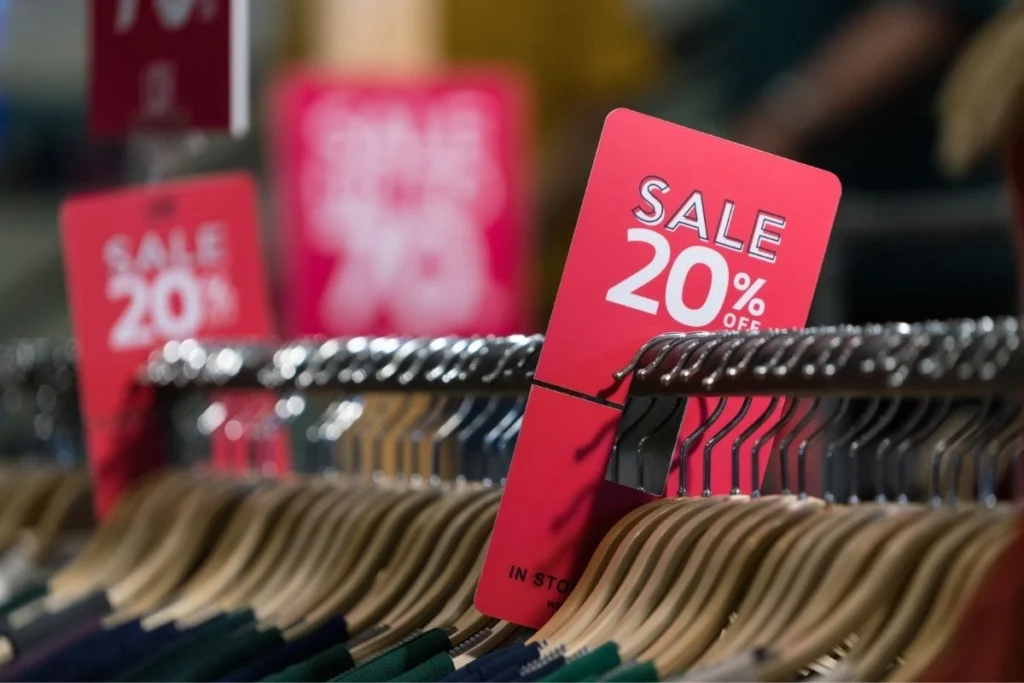How Leading Retailers Use Segmentation to Create Highly Effective Marketing Campaigns
One of the greatest strengths retail brands can harness today is precisely targeted marketing. The key to this precision is customer segmentation, dividing your customer base into distinct groups according to shared characteristics and behaviors.
Proper segmentation lets you craft highly relevant messages and offers, boosting engagement, conversion rates, and lifetime value.
Here are the top five segmentations every retail brand should prioritize, with real-life examples illustrating how industry leaders get it right.

Demographic Segmentation
Demographic segmentation is foundational: it divides your customers using objective, easily measured criteria, age, gender, income, education, family size, occupation, and location. This method allows you to personalize products and messages to life stages, generational needs, or gender-based preferences.
Industry Example:
Clothing retailer Ann Taylor segments its audience by both age and gender. Ann Taylor targets older professional women, while its LOFT division appeals to younger professional women, demonstrated by product lines, messaging, and store layout differences. This targeted approach avoids generic marketing, instead speaking directly to the specific needs and styles relevant to each group.
Another retail example: luxury brand Montblanc uses income segmentation by offering promotions, like a free gift for purchases over a set amount, geared towards higher-income customers, raising conversions by 118%.

Psychographic Segmentation
Psychographic segmentation delves into the why behind buying, grouping customers according to psychological traits: lifestyle, values, attitudes, interests, and motivations. These deeper insights allow brands to design messaging that resonates emotionally, not just logically.
Industry Example:
Meal kit service Sunbasket targets health-focused consumers. Their marketing segments customers who have interests in diabetes management, gluten-free eating, or organic lifestyles, offering tailored menus and messaging to connect with each values-driven group.
Another retail example: A yoga clothing brand might promote eco-friendly products specifically to customers identified as environmentally conscious, reflecting their shared values and increasing campaign effectiveness.

Behavioral Segmentation
This segmentation type focuses on patterns and actions, such as purchase frequency, recency, and customer status, as well as cart abandonment behavior, which is especially valuable for ecommerce.
a. Purchase Behavior
Frequent buyers, first-timers, and lapsed customers receive different messaging and incentives. Recognizing these behaviors helps nurture loyalty and tailor offers to each group’s needs.
Retail Example:
To’ak Chocolate identifies and rewards its most loyal customers, frequent buyers, with exclusive pre-orders and personalized notes of appreciation, leading to a 460% increase in sales from its email campaigns.
b. Abandoned Cart Segmentation
Customers who have shown clear purchase intent but left before completing checkout are a crucial segment. Triggered, personalized follow-up emails can address concerns, offer reminders, or provide incentives to return, significantly boosting recapture rates.
Example:
Online retailers commonly send dynamic cart abandonment emails featuring images and links to the exact products left behind. These emails often include discounts or urgency messaging (“Limited stock left!”) and custom calls to action, recovering a sizable portion of potentially lost revenue.

Geographic Segmentation
This segmentation divides customers based on their physical location, country, region, city, or even neighborhood. This is especially powerful in retail, where climate, culture, local events, or store proximity often drive unique needs or preferences.
By tailoring marketing campaigns to specific geographies, brands can create highly relevant offers, in-stock assurances, and region-specific messaging.
Industry Example:
Outdoor apparel brand The North Face customizes promotions according to local weather patterns and seasons. Customers in northern regions might receive early promotions for winter jackets and ski gear, while those in warmer climates get messaging about lightweight, sun-protective clothing.
Another retail example. Grocery giant Whole Foods adapts its inventory and local promotions based on regional holidays or cultural preferences, offering special deals aligned with events in the community.

Price Sensitivity Segmentation
Not all customers have the same budget or willingness to pay. Segmenting based on price sensitivity allows retailers to optimize both margins and inclusivity, offering deals to value-focused shoppers or exclusive options to premium buyers.
Industry Example:
Footwear brand TOMS identifies price-sensitive consumers and tailors discounts, offering up to 65% off seasonal styles specifically to email subscribers who regularly purchase at lower price points. This avoids blanket discounting and ensures only the most responsive segments see certain offers, engaging customers at their preferred price threshold.
Why These Five Segmentations Matter
Combining these approaches provides a holistic view of your customer base. For example, using demographic (age, gender) and psychographic (lifestyle, values) data together enables even more nuanced personalization, like targeting sustainability messaging to female Gen Z shoppers in urban centers.
Behavioral data (including cart abandonment and purchase frequency) reveal intent and loyalty, letting you focus limited resources on the segments most likely to drive sales and retention. Product and pricing preferences, meanwhile, align product recommendations and discounts to those most likely to respond, minimizing waste and irrelevant messaging.
Bringing It All Together: Real Results
Brands that get segmentation right see measurable improvements:
- To’ak Chocolate: 460% boost in sales from personalized, segmented email automation.
- Montblanc: 118% increase in conversion by aligning offers to income-based customer segments.
- Sunbasket: Higher engagement through health-conscious, customized menu promotions.
Retail is more competitive than ever. By leveraging demographic, psychographic, behavioral (including abandoned cart), geographic, and price sensitivity segmentation, retail brands can create highly relevant, timely, and effective marketing campaigns, turning one-time buyers into loyal advocates and maximizing campaign ROI.


